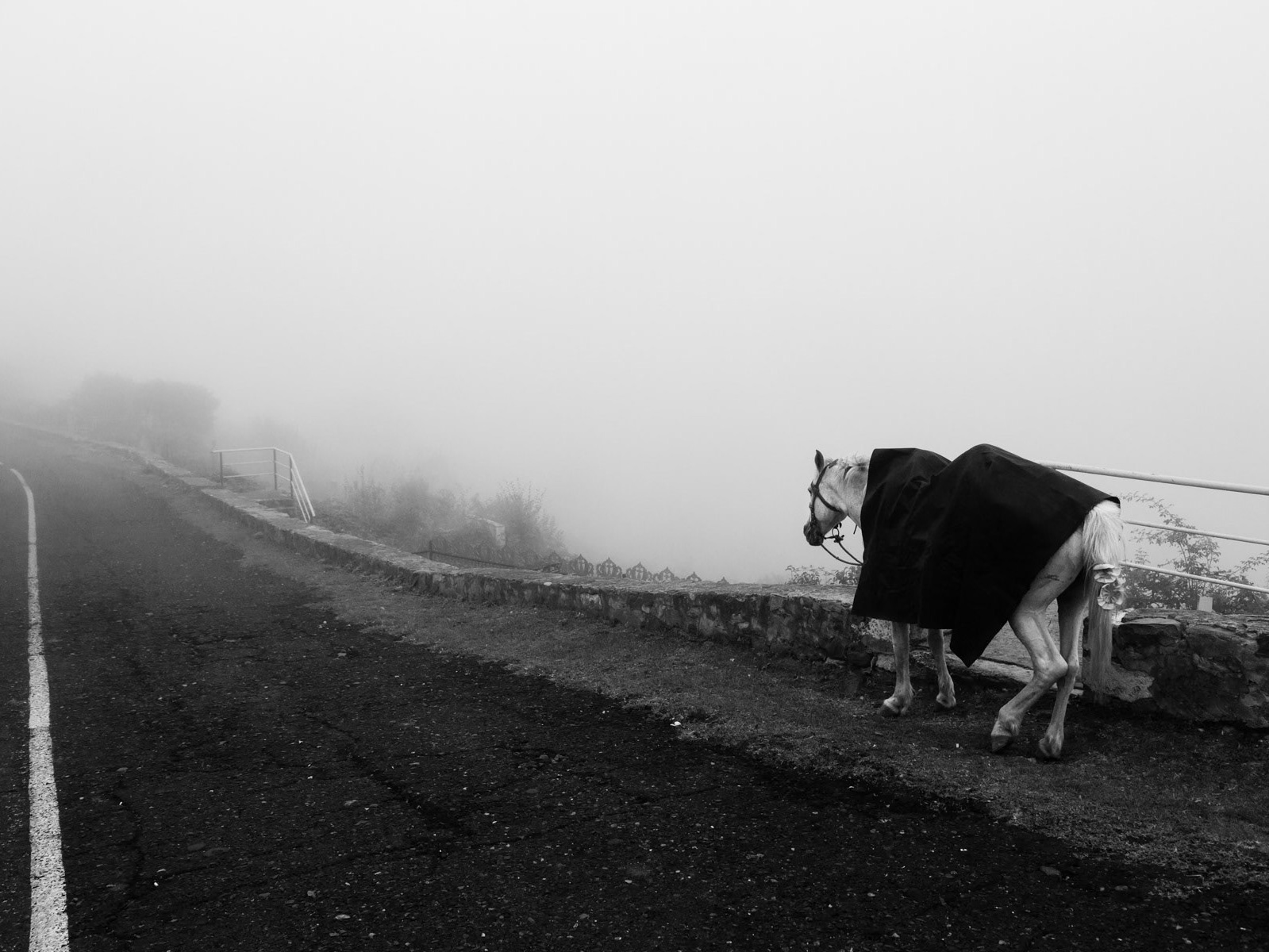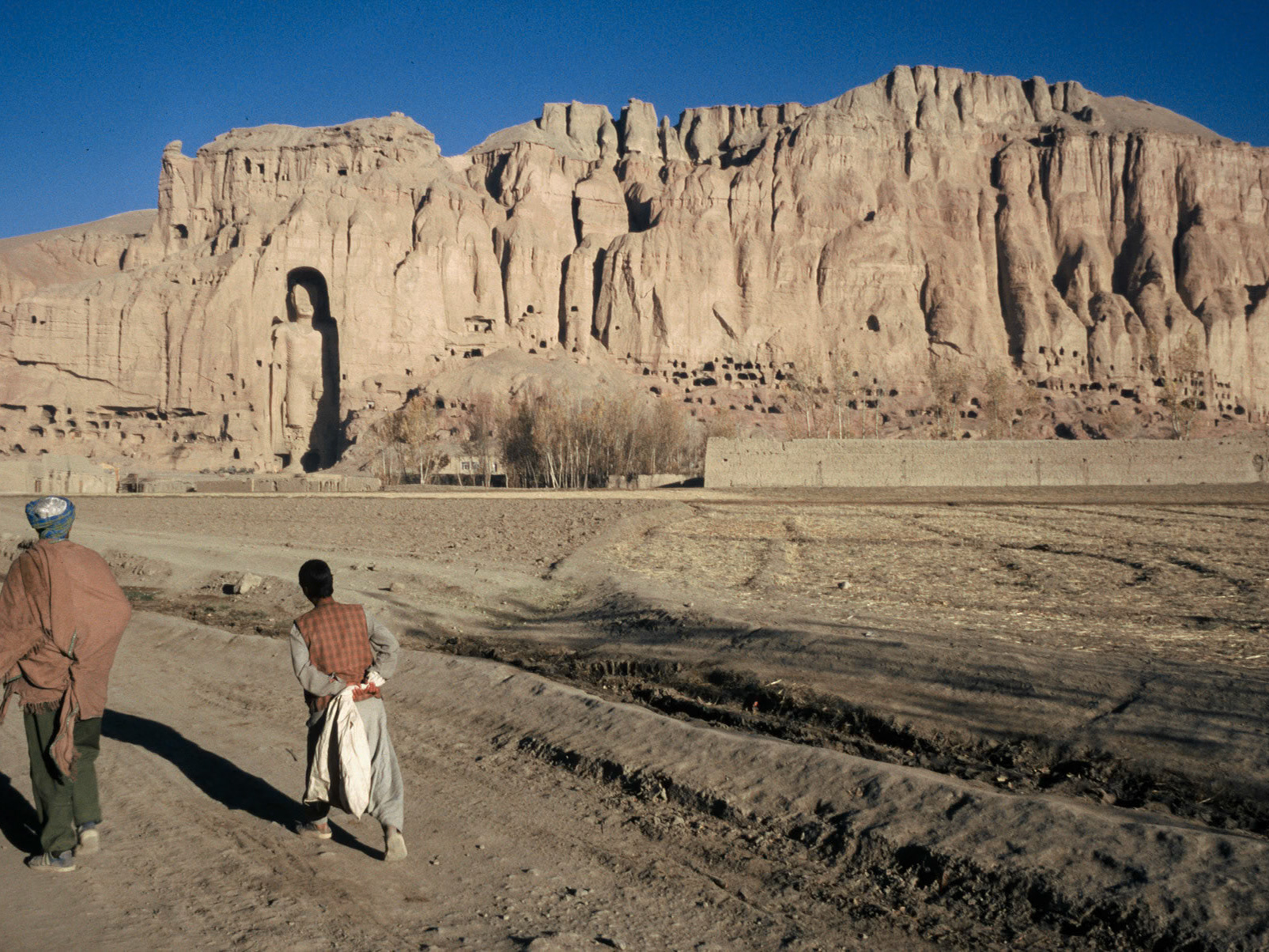The leather tannery industry in Bangladesh poses severe health and environmental risks, impacting both workers and communities near polluted waterways. Workers, including vulnerable groups like children, are exposed to toxic substances daily. They often handle chemicals like hexavalent chromium without protective gear, leading to acute and chronic health problems. Prolonged exposure to these chemicals causes skin diseases, respiratory issues, and in many cases, cancer. Workers frequently suffer from chemical burns, lung damage, and organ failure, exacerbated by inadequate medical care and lack of awareness about safety measures.
Communities living near tanneries and polluted rivers like the Buriganga face additional threats. An estimated twenty thousand cubic liters of toxic wastewater are dumped into the river daily, contaminating water supplies. This effluent contains heavy metals and carcinogenic compounds that leach into the soil and groundwater, making it unsafe for drinking, irrigation, or fishing. People relying on the river for their livelihoods and daily needs suffer from waterborne diseases, gastrointestinal problems, and developmental disorders due to long-term exposure.
Moreover, the widespread environmental degradation caused by this pollution extends to aquatic ecosystems, killing fish and other vital organisms, which further impacts food security and income sources for local fishermen. The tannery industry, while economically significant, poses an enormous public health crisis. Addressing these challenges requires stricter regulations, enforcement of waste treatment protocols, and better protection for workers, ensuring the industry operates sustainably without endangering human lives or ecosystems.

Small open air tannery, Hazirabagh, Bangladesh, October 2014
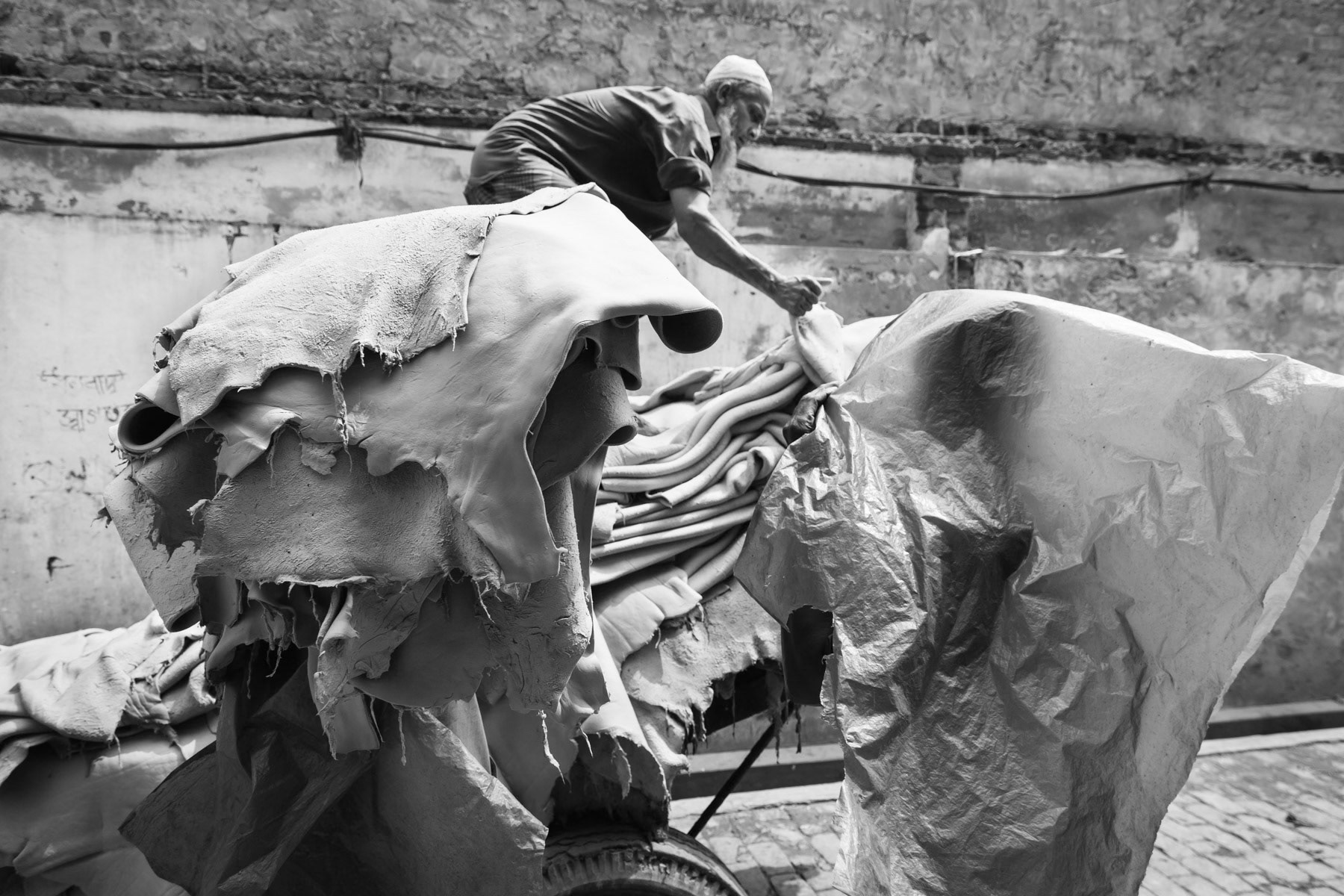
Skin delivery at a tannery for further treatment, Hazirabagh in Dhaka, Bangladesh, October 2014

Rickshaw puller, leather production plant in Hazaribagh, Dhaka, October 2014

Hazirabagh, tanneries neighbourhood of Dhaka, Bangladesh, October 2014

Glue production plant, scraps of leather are boiled and the residual liquid sun-dryed. Hazaribagh, Bangladesh, October 2014

The remains of leather and toxic waste produced by the tanneries are re-used in secondary small tanneries, for glue production, chichen feed and small garments for the local market. Hazaribagh, Dhaka, October 2014

Hazaribagh, Dhaka, October 2014

Recovered tannery waste water for use in smaller informal tanneries. Ultimately this waste water and its chemical agents will end up in nearby rivers. Hazaribagh, Bangladesh, October 2014

Kids playing on soft waste leather, Hazaribagh, Bangladesh, October 2014
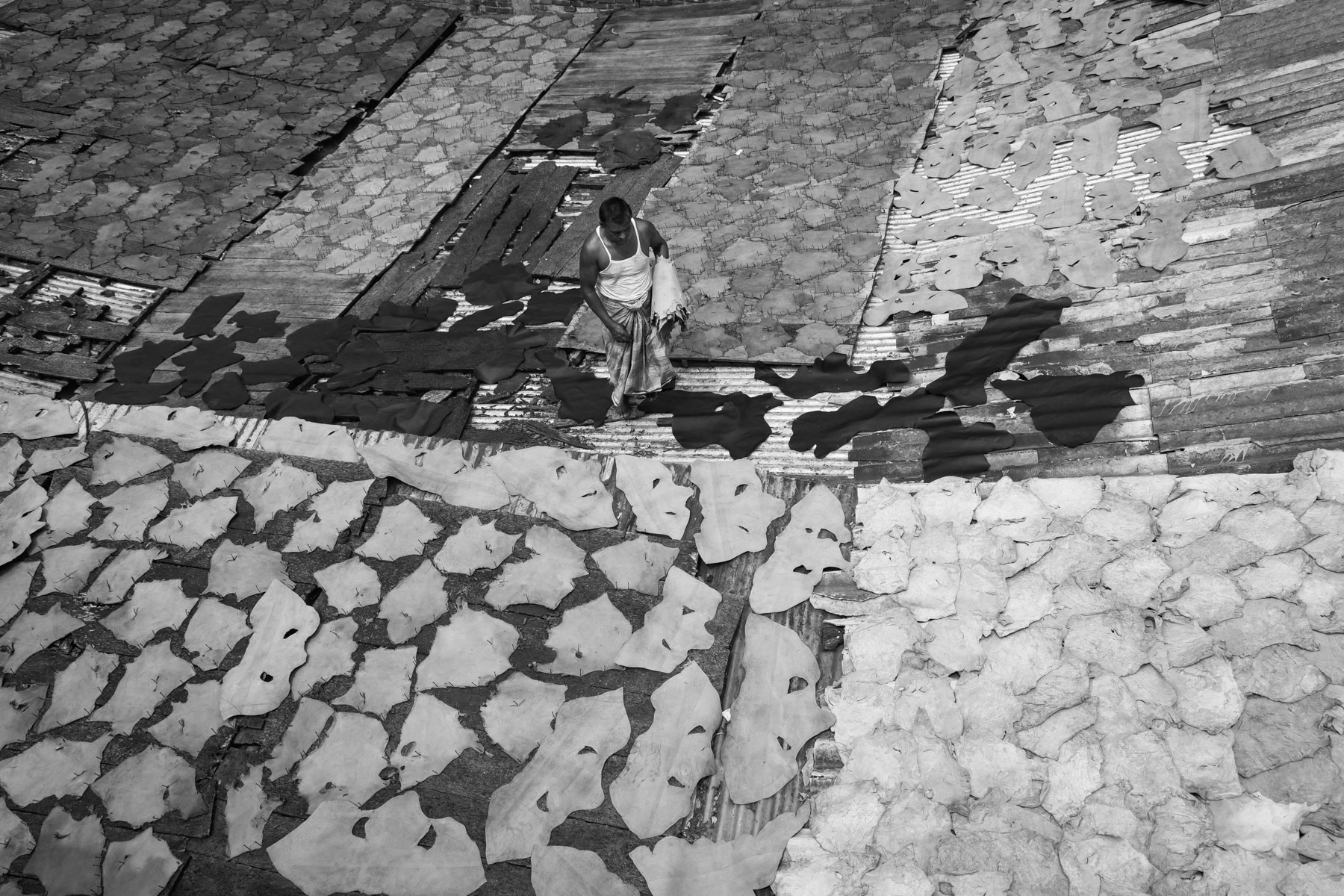
Rooftop drying, Hazaribagh tannery, Dhaka, Bangladesh, October 2014

Tanneries dump daily an estimated twenty thousand cubic liters of toxic waste water containing cancer-causing hexavalent chromium into the Buriganga, Dhaka's main river and water supply. Residents of Hazaribagh, where tanneries are located, live next to contaminated canals, streams and ponds. Hazaribagh, Bangladesh, October 2014

Skin transport between tanneries, Hazaribagh, Bangladesh, October 2014
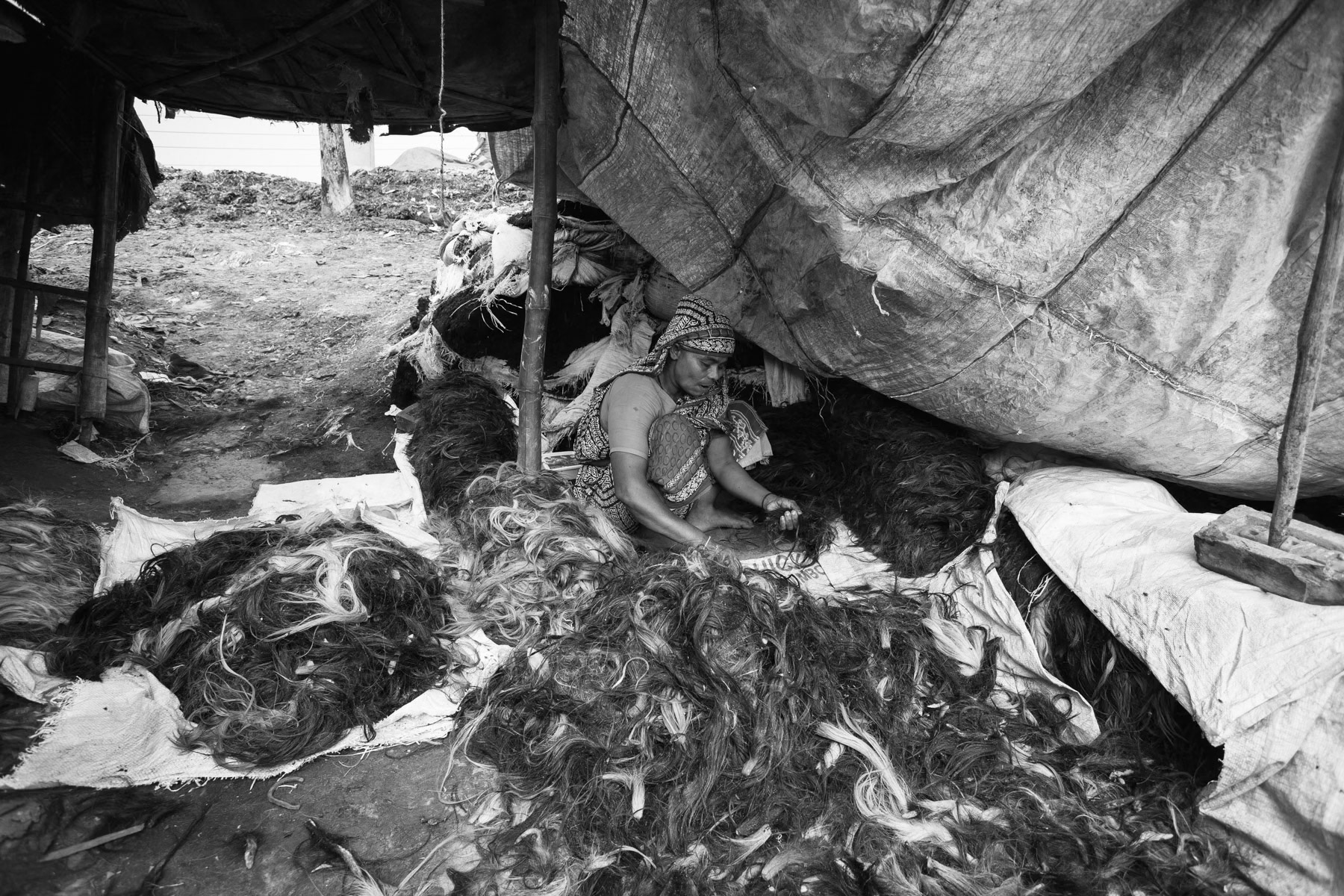
Tails recycled for the fabrication of brushes, Hazaribagh in Dhaka, Bangladesh, October 2014

Informal recycling operations adjacent tanneries, Hazirabagh in Dhaka, Bangladesh, October 2014

Hazaribagh neighbourhood in Dhaka and one of its two hundred thousand residents and 250 tanneries, Bangladesh, October 2014

Leather leftovers storage, Hazaribagh, Dhaka, October 2014

Tanneries, Hazaribagh, Bangladesh, October 2014

Skin transport through the narrow alleys of Hazaribagh, Bangladesh, October 2014

Sun-dryed chromium toxic residues used during the tanning process. This hexavalent chromium scrap is used as chicken feed. Studies have demonstrated that up to 25% of chickens in Bangladesh contain dangerous and harmful levels of chromium. Hazaribagh, October 2014

Makeshift dwelling used by migrant workers trying to make a living on the edge of the tanning industry, Hazaribagh, Dhaka, October 2014
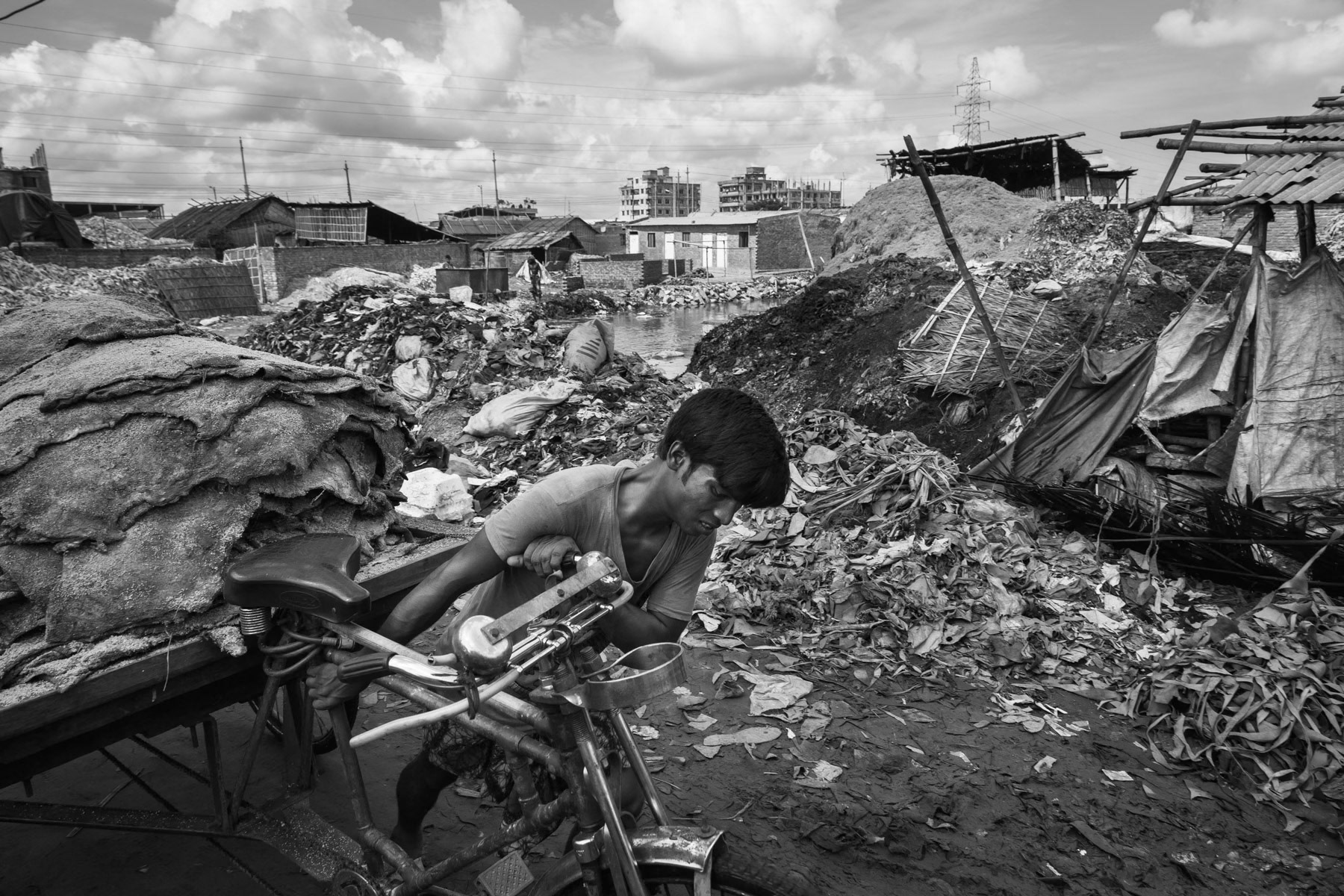
Rickshaw puller transporting skins to the tanneries, Hazaribagh, Bangladesh, October 2014

Tannery neighbourhood of Dhaka, Hazaribagh, Bangladesh, October 2014

Pre-Eid sale of cows, the skin will evntually end up in the surrounding tanneries, Hazaribagh, Bangladesh, October 2014

Finding usable leather leftovers for local garment production, Hazaribagh, Bangladesh, October 2014

Street in Hazaribagh where contaminated waste water from a tannery has free passage to adjacent canals and ultimately to the Buriganga river, one of Dhaka's key water source. Hazaribagh, Bangladesh, October 2014

Tannery neighbourhood of Dhaka, Hazaribagh, Bangladesh, October 2014
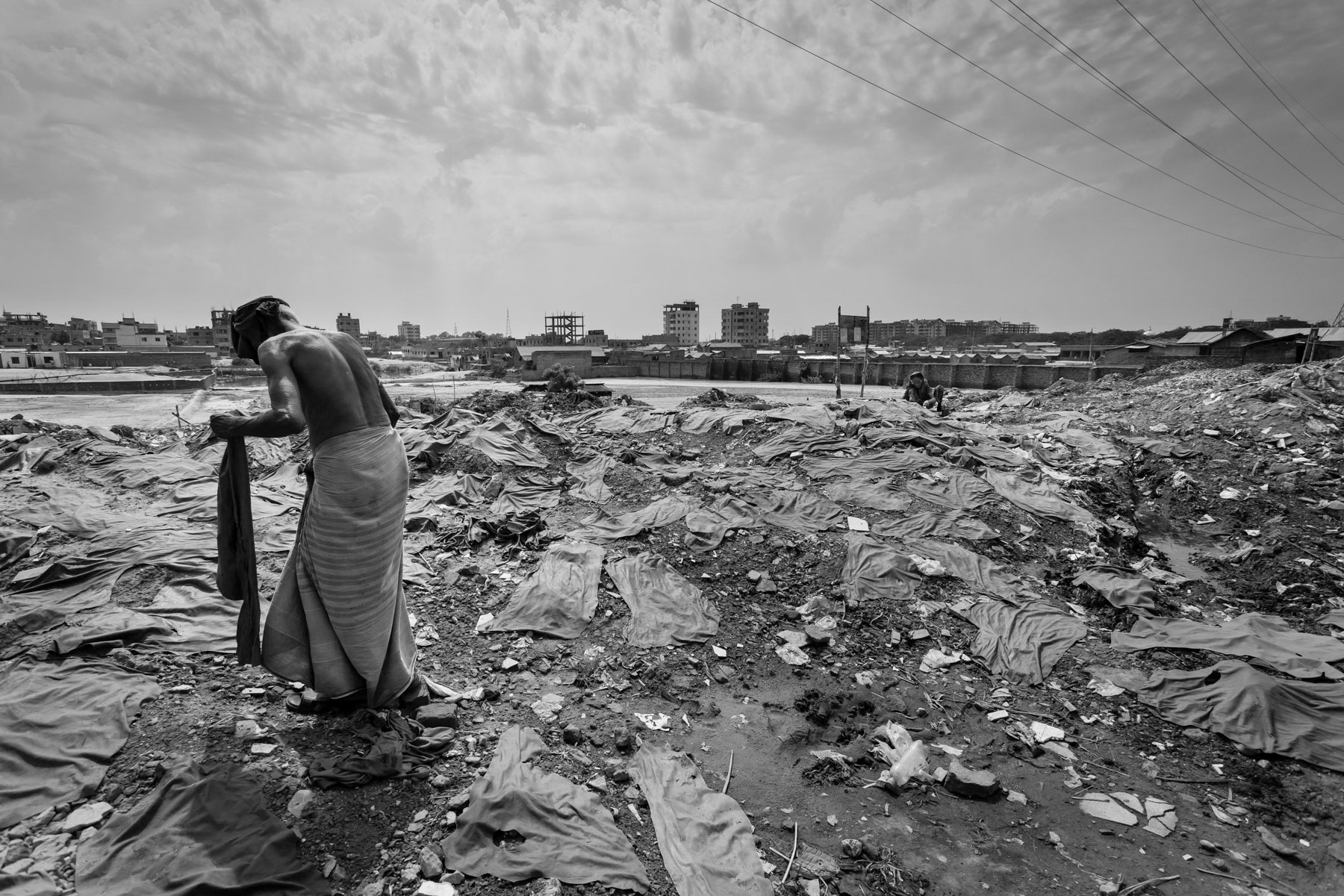
Secondary tanneries using all possible space in the open, Hazaribagh near Dhaka, Bangladesh, May 2015

Tannery worker, Hazaribagh, Bangladesh, October 2014

Recovering scraps of leather to boil them and produce various consumer goods such as glue. Hazaribagh, tannery neighbourhood of Dhaka, Bangladesh, October 2014

Unloading raw skins at the tannery, Hazaribagh, Bangladesh, October 2014

Tannery worker unloading a shipment of untreated animal skins, Hazaribagh, Bangladesh, October 2014

Preparing newly arrived skin before chemical process. Hazirabagh tanneries, Dhaka, Bangladesh, May 2015

Worker at an informal scrap leather recycle point, Hazaribagh, Dhaka, Bangladesh, October 2014

Secondary tanneries using all possible space in the open, Hazaribagh near Dhaka, Bangladesh, May 2015


